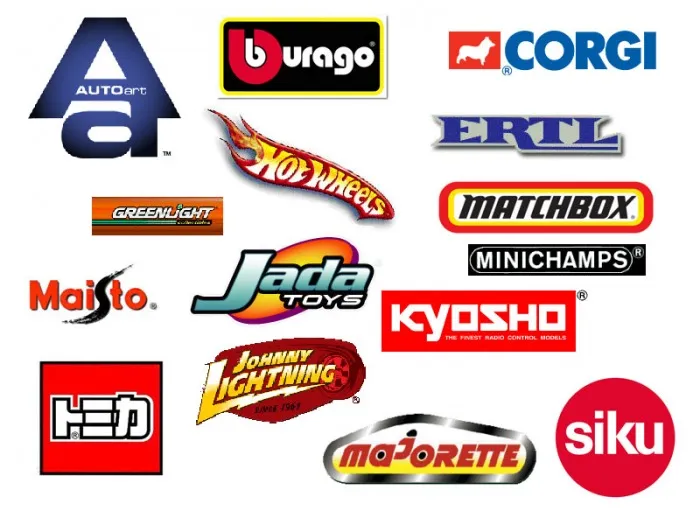What is a Diecast Toy Logo?
A diecast toy logo is far more than just a pretty picture it’s the visual embodiment of your brand. It’s the first thing potential customers see and, in many cases, what they remember. In the competitive world of diecast toys, a well-designed logo is crucial for attracting attention, building brand recognition, and fostering customer loyalty. A strong logo communicates your brand’s values, quality, and the specific niche your toys occupy, whether it’s classic cars, modern vehicles, or unique fantasy creations. A well-crafted logo helps you stand out from the crowd, providing a memorable image that sticks in the minds of collectors and children alike. This is particularly important in a market where visual appeal is paramount, and the logo often serves as a signal of the toy’s quality and collectability.
Defining a Diecast Toy Logo
At its core, a diecast toy logo is a graphic symbol that represents your company or product line. It can be a combination of text and images or purely graphical. The best logos are simple, memorable, and versatile, able to be used across various media from packaging and websites to social media profiles and promotional materials. The logo should capture the essence of your brand, reflecting the style and the target audience. It needs to be adaptable, appearing well in both small and large formats, and should work effectively in both color and black and white. Consideration of these factors during the design phase guarantees that the logo will be a consistent and powerful element of your brand’s identity, communicating your brand’s key messages at a glance.
Importance of a Diecast Toy Logo
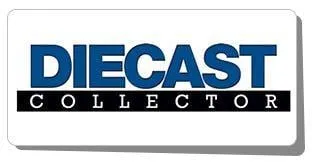
The importance of a diecast toy logo cannot be overstated. It serves as the cornerstone of your brand identity, instantly communicating your brand’s values and what you have to offer. A strong logo helps establish brand recognition, making your products more memorable and recognizable among consumers. It fosters trust and credibility. A professional logo indicates a dedication to quality and attention to detail, influencing consumers to perceive your brand as trustworthy. The logo differentiates you from competitors, creating a unique visual identity that sets your products apart in a crowded market. Furthermore, a well-designed logo enhances the perceived value of your diecast toys, influencing purchase decisions and customer loyalty. The logo’s presence on packaging, advertising, and even on the toys themselves strengthens the connection between the customer and the brand, increasing customer retention rates.
Understanding the Target Audience
Before you begin designing your diecast toy logo, it’s crucial to understand your target audience. Are you primarily targeting children, adult collectors, or both? Your audience’s preferences, interests, and buying habits will significantly influence the style and tone of your logo. Consider the demographics, the age range, and the interests of your intended customers. Children may respond well to bright colors, playful fonts, and dynamic imagery, while adult collectors might prefer a more sophisticated, classic, or minimalist approach. Understanding the lifestyle and values of your target audience allows you to create a logo that resonates with them and builds an emotional connection.
Identifying Your Ideal Customer
Identifying your ideal customer involves creating detailed customer personas. These personas are semi-fictional representations of your ideal customers, based on research and data about your target market. Consider what motivates them, their preferences, and their purchasing behaviors. For example, are your customers nostalgic for classic cars, or are they interested in modern, high-performance vehicles? Do they prioritize realism, or are they drawn to fantasy or futuristic designs? Understanding these factors will inform the visual choices you make for your logo. A logo designed with a specific customer in mind is far more likely to capture their attention and build a lasting brand connection. This allows you to make informed decisions, ensuring your logo’s aesthetics and messaging are in harmony with the interests of those you are trying to reach.
Researching Competitor Logos

Thoroughly researching your competitors’ logos is a critical step. Analyze what works well in the industry and what doesn’t. This research will inform your own logo design, helping you avoid design pitfalls and identify opportunities to differentiate yourself. Study the color palettes, font choices, and imagery used by competitors. Note the overall tone and style of their logos – are they modern, vintage, minimalist, or detailed? This competitive analysis helps you understand the current trends and identify how to stand out. It’s not about copying, but rather understanding the visual landscape and creating a logo that is both competitive and unique. Analyze competitor websites, packaging, and social media to get a comprehensive view of their branding strategies.
Key Elements of a Diecast Toy Logo
The key elements of a successful diecast toy logo include color, font, and imagery. Each of these elements must be chosen carefully to reflect your brand’s personality and appeal to your target audience. The interplay of these elements determines the overall impact and memorability of your logo. The right choices can build trust, evoke emotions, and set your brand apart from competitors. It’s crucial to choose these elements strategically, ensuring they align with your brand’s values and create a cohesive visual identity.
Choosing the Right Colors
Color psychology plays a crucial role in logo design. Colors evoke specific emotions and associations. For instance, red can convey energy and excitement, while blue often signifies trust and reliability. Yellow can evoke feelings of happiness and optimism, whereas green can convey growth and nature. Consider what emotions you want your logo to evoke. If you’re targeting children, bright, playful colors might be appropriate. For adult collectors, more sophisticated and classic color schemes may be preferred. The colors you choose should also be consistent with your brand’s overall aesthetic and the types of diecast toys you offer. Ensure your color choices are versatile and look good across various backgrounds and applications.
Selecting Fonts That Resonate
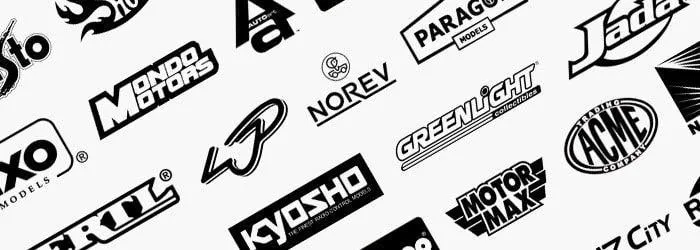
The font you select for your diecast toy logo should reflect your brand’s personality and values. Consider whether you want a modern, classic, playful, or serious feel. Sans-serif fonts, such as Arial or Helvetica, are generally clean and easy to read, making them a good choice for a modern aesthetic. Serif fonts, like Times New Roman, can convey a sense of tradition and elegance. Handwritten or script fonts can add a personal touch and appeal to a more artistic or vintage style. The font should be easy to read at any size. Ensure that the font complements the imagery and colors of your logo. Avoid using too many different fonts, which can make your logo look cluttered. Instead, choose one or two fonts that work well together.
Incorporating Relevant Imagery
Imagery is the heart of a diecast toy logo. Consider what visual elements best represent your brand. This could include an image of a diecast car or a stylized representation of your company’s initials. The imagery should be relevant to your brand and easily recognizable. It should be visually appealing and communicate the essence of your product. Ensure the imagery is simple and not overly detailed, so it remains clear at any size. Using a symbol or icon can make your logo more memorable. When creating imagery, consider the overall aesthetic of your brand. If your brand specializes in classic cars, the imagery should reflect this theme. If you offer modern vehicles, use sleek and contemporary visuals. The imagery must communicate what you represent in an instant.
Logo Design Process Step-by-Step
The logo design process is methodical. It begins with research and brainstorming and culminates in a final, polished logo ready for use. Each step requires careful consideration and attention to detail. Following a systematic process ensures that the final product aligns with your brand’s goals and effectively communicates your message. It’s a collaborative process, often involving feedback and revisions to refine the design. The design process ensures a high-quality, effective logo.
Sketching and Brainstorming Ideas
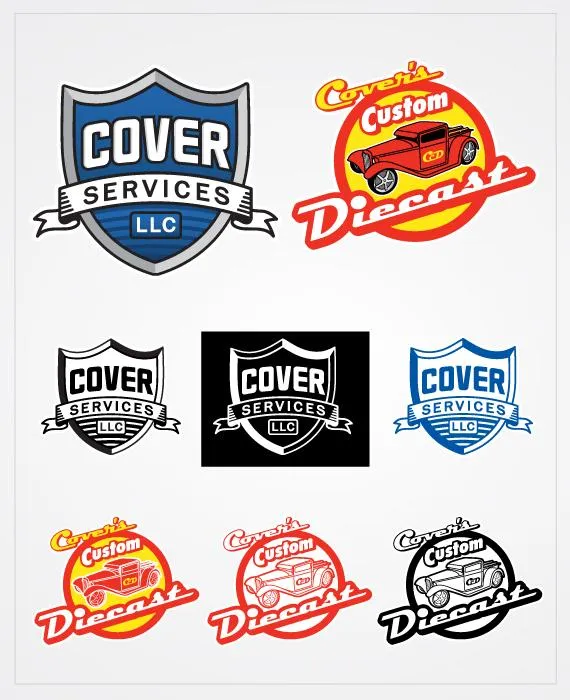
Begin by sketching and brainstorming ideas. This is the foundation of your logo design process. Generate various concepts, experimenting with different shapes, fonts, and imagery. Focus on exploring different approaches to represent your brand. Don’t be afraid to sketch a wide range of ideas, even those that seem unconventional. This stage is about quantity over quality, generating as many potential designs as possible. Develop a mood board with visual elements that inspire you. This will serve as a reference point for the aesthetic direction of your logo. Sketching allows you to quickly iterate and visualize different concepts before moving to digital design. The more ideas you explore, the better the chances of discovering a unique and effective design.
Creating Digital Mockups
Once you have a set of promising sketches, move on to creating digital mockups. Use software like Adobe Illustrator or Canva to refine your designs. Create several versions of your logo, experimenting with different color schemes, fonts, and arrangements. Digital mockups allow you to see how your logo will appear in various applications, such as on websites, packaging, and social media. This helps you visualize the final product and refine the details. When creating mockups, ensure that the logo is scalable. The logo should look good at any size. The digital mockup phase allows for precision and control. Digital tools allow for precise manipulation of elements, colors, and text. Use this phase to ensure that the design works in various contexts.
Refining Your Design Based on Feedback
The logo design process is iterative. After creating digital mockups, seek feedback from potential customers, colleagues, or other trusted sources. Present your designs and ask for their opinions on the logo’s clarity, appeal, and effectiveness. Gather feedback on what works well and what could be improved. Use this feedback to refine your design. Revise your logo based on the feedback, tweaking colors, fonts, or imagery until you achieve the desired result. The iterative process is essential for creating a logo that resonates with your target audience. Be open to criticism. This ensures that the final design is effective and well-received. Iteration is a process of continual improvement, which leads to a better product.
Logo File Formats and Usage
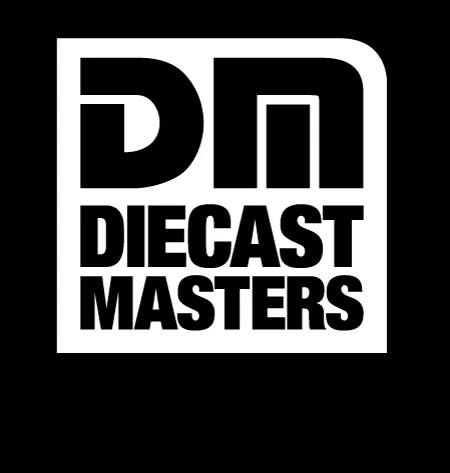
Understanding the different logo file formats and their uses is essential for proper branding. The format of your logo determines how it can be used across various platforms and media. Each format has its strengths and weaknesses. Knowing these nuances helps you preserve the logo’s integrity and ensures it looks great in every application. Choosing the right formats ensures your logo remains sharp and clear.
Understanding Different File Types
Different file types are suited for different purposes. Common formats include vector files (such as AI, EPS, and SVG) and raster files (such as JPG, PNG, and GIF). Vector files are resolution-independent, meaning they can be scaled to any size without losing quality. They are the preferred format for print materials and large-scale applications. Raster files, such as JPGs and PNGs, are pixel-based and can lose quality when scaled up. However, they are suitable for web use and social media. Choose the correct format for the intended application. Consider the file size and the need for transparency when making your selection. Having a variety of file formats allows you to adapt to different needs.
Guidelines for Logo Usage
Develop clear guidelines for how your logo should be used to maintain brand consistency. These guidelines should cover various aspects, including the minimum size for the logo, the correct color variations, and the acceptable backgrounds. Specify clear rules about what not to do with your logo. This can involve restrictions on altering the design, stretching it, or changing the colors. Ensure that your logo maintains its integrity and impact across various applications. It is best to provide guidelines to anyone using your logo, including employees, partners, and marketing teams. This will prevent misuse. The guidelines protect your brand’s visual identity.
Tools and Resources for Logo Design

Various tools and resources are available to assist in the logo design process. Selecting the right tools can streamline the process and improve the quality of your results. These resources vary in terms of cost, complexity, and features. It’s important to choose tools that suit your design needs and skill level. Utilizing the right resources can help you create a professional-looking logo, even without extensive design experience.
Software Options for Designing
The software options for designing logos range from free, user-friendly options to professional-grade applications. Adobe Illustrator is the industry standard for creating vector graphics, offering powerful features and precise control. CorelDRAW is another professional vector graphics editor. Canva provides a more user-friendly interface with pre-designed templates, ideal for beginners. Inkscape is a free, open-source vector graphics editor that offers many of the same capabilities as professional software. Consider your budget, skill level, and the complexity of your design needs when choosing software. These software options offer various levels of functionality and versatility.
Free vs. Paid Design Resources
Both free and paid design resources are available. Free resources include online logo makers, design templates, and free stock photos. These are often a good starting point for creating a simple logo or for those with limited budgets. Paid resources offer more advanced features, customization options, and professional design support. Graphic design services, like logo design contests or hiring a freelance designer, can provide professional-quality results. The investment in a professional designer can be justified by the long-term benefits of a strong brand identity. The choice between free and paid resources depends on your budget, design needs, and the level of professionalism desired.
Best Practices for Diecast Toy Logos
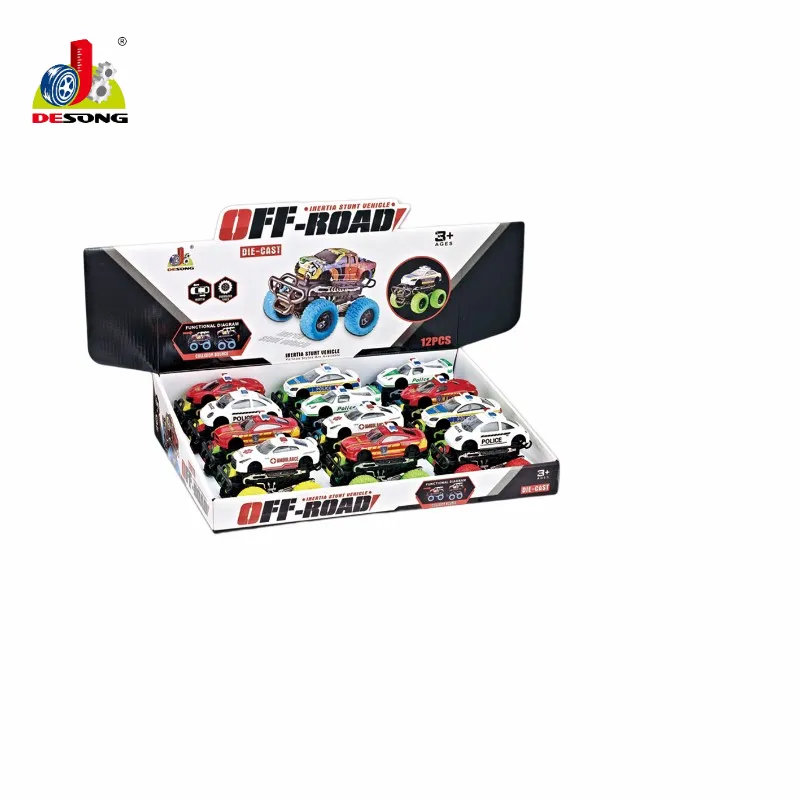
Adhering to best practices ensures your diecast toy logo is effective and memorable. Following these guidelines helps create a professional-looking logo that resonates with your target audience. Implementing these practices increases the chances of brand success. These practices cover various aspects of design, including simplicity, versatility, and memorability.
Ensuring Memorability and Uniqueness
Simplicity is a key to memorability. A simple logo is easier to remember and recognize. Avoid complex designs that can be hard to recall. Ensure your logo is unique by researching competitors’ logos and avoiding similarities. The logo should stand out from the crowd. Develop an original concept that reflects your brand’s identity. Your logo should be memorable, even when seen briefly. The more unique your logo is, the easier it will be for customers to recognize and recall your brand.
Logo Design for Social Media and Web
Your logo should be optimized for social media and web applications. Design the logo in a way that makes it adaptable to different sizes and formats. Social media profiles, website headers, and other online platforms need different versions of the logo. Ensure the logo looks good on both light and dark backgrounds. Have versions for different aspect ratios. Ensure that the logo is clear and legible, even when scaled down for profile pictures or website favicons. By making sure your logo is adaptable to various online platforms, you create a consistent brand image and improve the visual appeal of your web presence.
Measuring Logo Effectiveness
Measuring the effectiveness of your logo is essential to determine whether it is delivering the desired results. Various metrics can be used to evaluate how well your logo performs. It’s important to use this data to make necessary adjustments and improvements to ensure your logo continues to support your brand’s goals. Tracking these metrics will guide you in brand development.
Tracking Brand Recognition
One of the primary ways to measure the effectiveness of your logo is by tracking brand recognition. This involves measuring how well customers recognize and recall your brand and its logo. This can be done through surveys, focus groups, and social media monitoring. Conduct surveys to find out if people can correctly identify your brand based on its logo. Monitor social media for mentions of your brand and logo. Analyze how often your logo is used and shared online. Higher brand recognition leads to better brand equity, sales, and customer loyalty. Tracking brand recognition provides insight into the success of your marketing efforts.
Collecting Customer Feedback
Collecting customer feedback is essential for understanding how your logo is perceived by your target audience. Use surveys, polls, and focus groups to gather opinions. Ask questions about the logo’s appeal, clarity, and memorability. Encourage customers to provide open-ended feedback. Analyze the feedback to identify areas for improvement. Use this information to refine your logo design and enhance its impact. Feedback should be collected consistently. Regularly collecting feedback will ensure that your logo continues to resonate with your target audience. This is critical for brand success.
In conclusion, designing a diecast toy logo is a multifaceted process that, when done effectively, can significantly impact your brand’s success. From understanding your target audience to selecting the right colors, fonts, and imagery, every decision matters. By following the steps outlined in this guide and embracing the best practices of logo design, you can create a powerful visual identity that resonates with customers and sets your brand apart. Remember, a well-designed logo is an investment in your brand’s future, driving recognition, trust, and ultimately, sales. By continually monitoring the logo’s effectiveness and gathering feedback, you can ensure it remains a strong and relevant symbol of your diecast toy brand, fostering a lasting connection with your audience.
